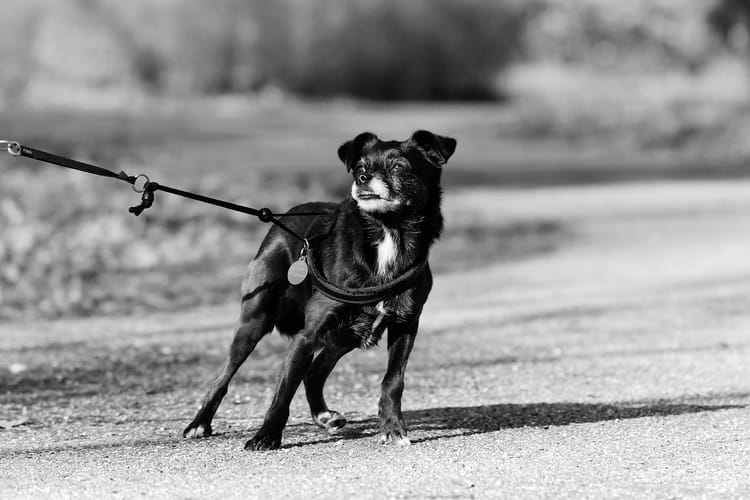How to tell if your dog is relaxed: Body language and signs

Do you know how to tell if your dog is relaxed? It can be difficult to decipher what your dog is feeling just by looking at them, but it's important to be aware of the signs that they are comfortable and content. In this post, we will discuss the body language and signs that indicate a dog is relaxed. We'll also provide tips on how to help your dog feel more at ease in different situations.
Dogs communicate through body language
Dogs communicate through body language. They use their posture, facial expressions, and vocalizations to send messages to both humans and other dogs. Once you know how to read these signals, you'll be better at reading your dog's state of mind.
While each dog is an individual, all dogs share similarities in the ways they express their thoughts and emotions.
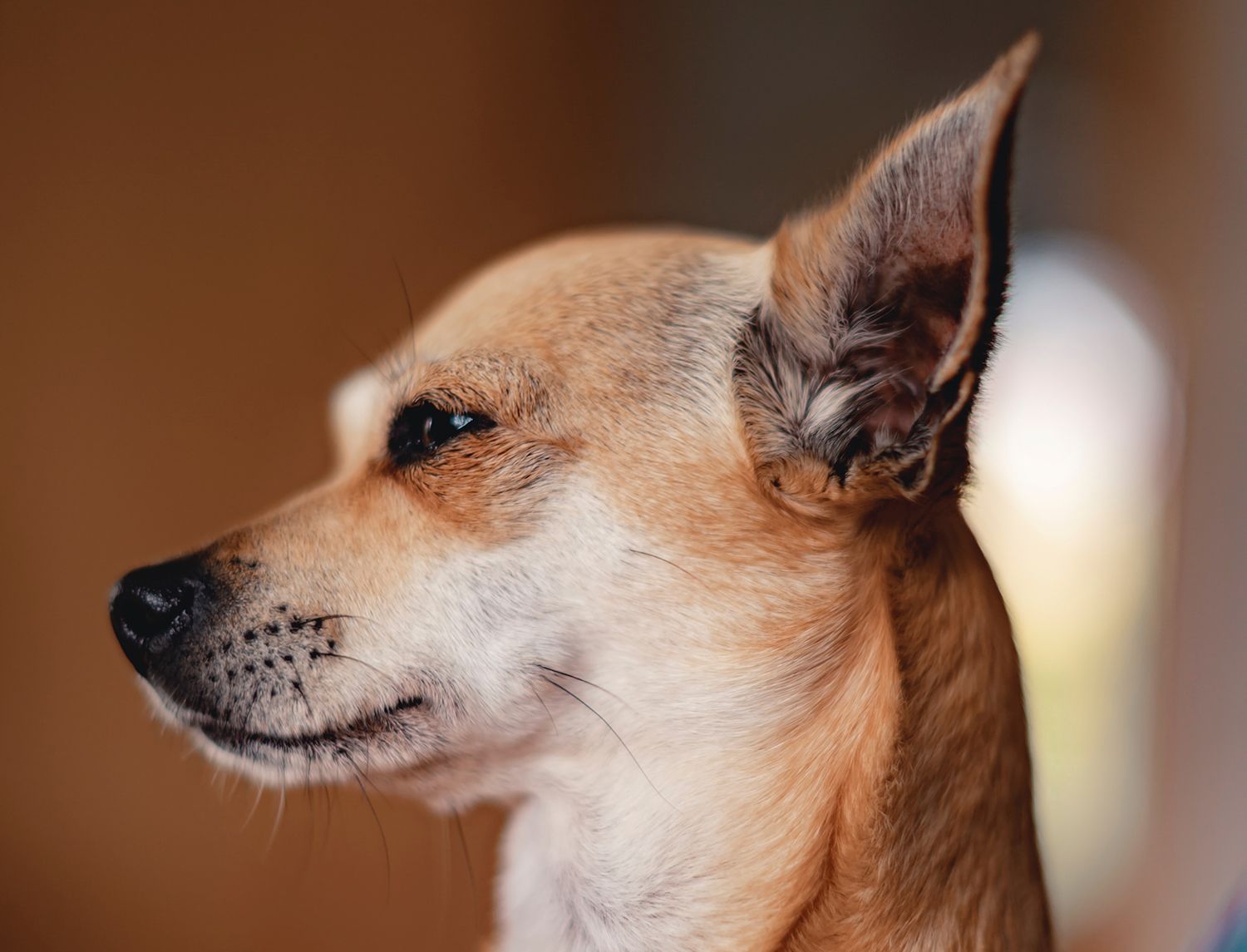

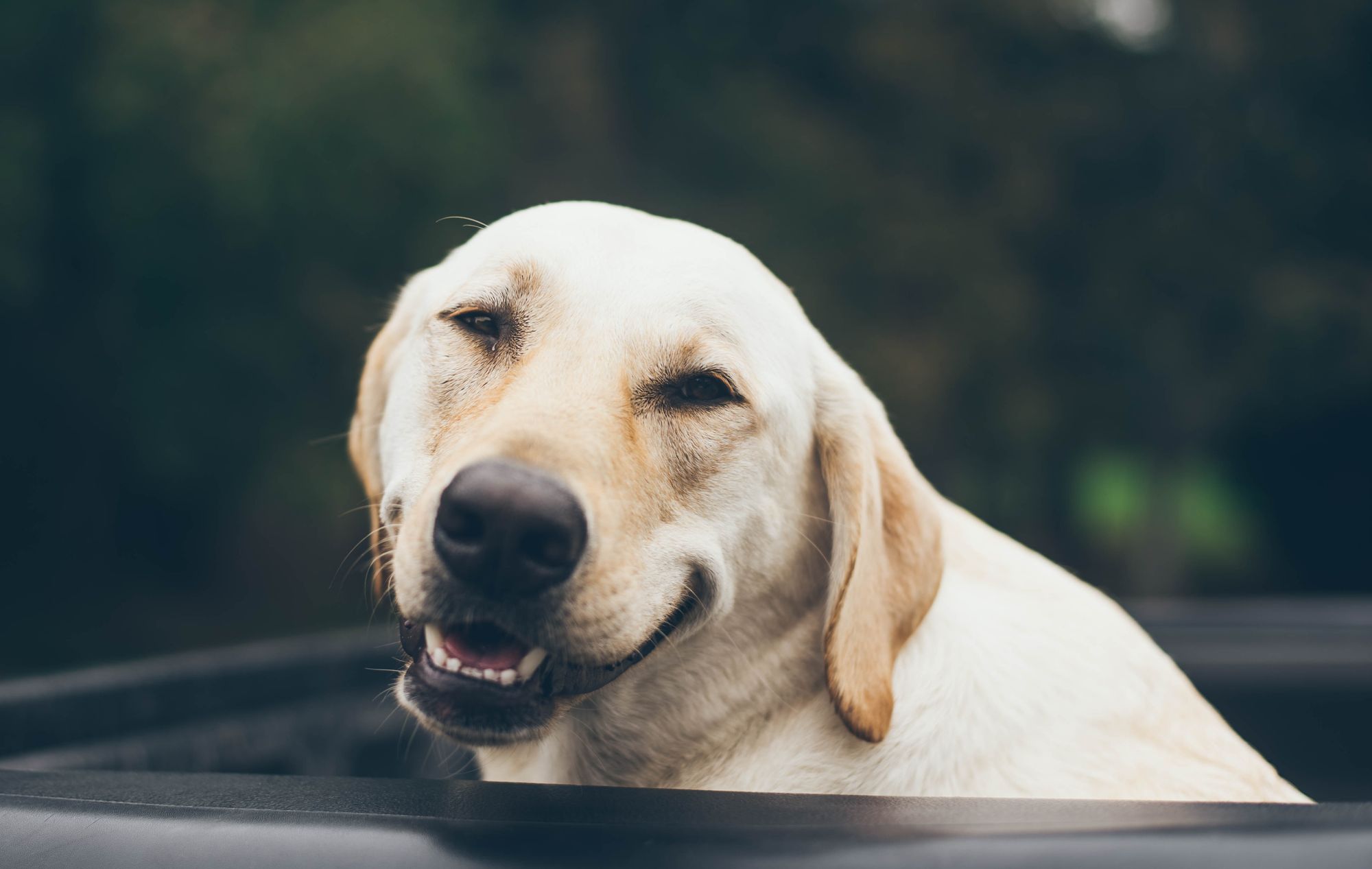
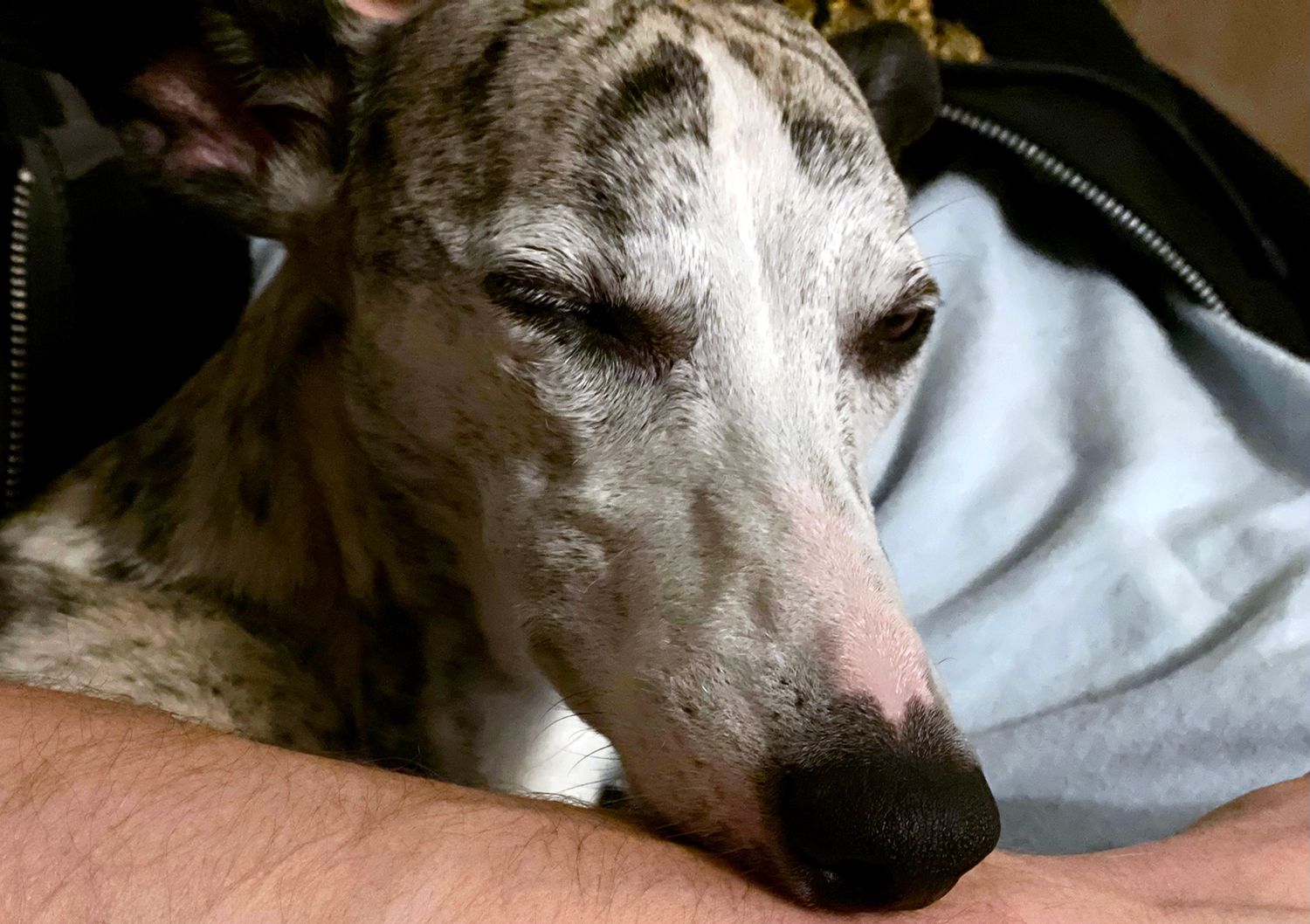
Relaxing dogs.
Signs that a dog is relaxed
The signs and body language that indicate a dog is relaxed include:
- A soft, squinty gaze with the pupil not dilated.
- Mouth and lips relaxed, or slightly open. The corners of their lips may also be turned upward into a smile.
- Tail held level or hanging down, softly waving in the air or gently thumping on the ground.
- Ears held back, but not flat or tensed, near the dog's head.
There are also some non-obvious signals that can still be seen in a relaxed dog:
- Dog's whole body is curved in a C- or an S-shape.
- Dog is standing perpendicular or at a "T" angle in relation to you.
- Taking treats without snapping or biting your hand.
Ambiguous dog body language
There are also a few signals your dog can give that could mean your dog is relaxed or your dog is stressed, depending on the context. You'll need to watch your dog in in different situations to learn what is normal for them. To accurately read your dog's body language, you'll want to observe the whole dog. Are you seeing more body language signals from the relaxed list, or the stressed list? Let the total picture be your guide.
Some signals that can mean a dog is relaxed or stressed, depending on the situation and the rest of the dog's body language:
- Licking its lips. This can be stress-related if the dog has just experienced a close encounter with a person or another dog. Or it could be a sign of neutral emotions, especially if your dog licks its lips after smelling something interesting.
- Wagging its tail slowly from side to side.
- Putting its head down and closing its eyes.
- Rolling over on its back and exposing its belly.
- Lifting a paw.
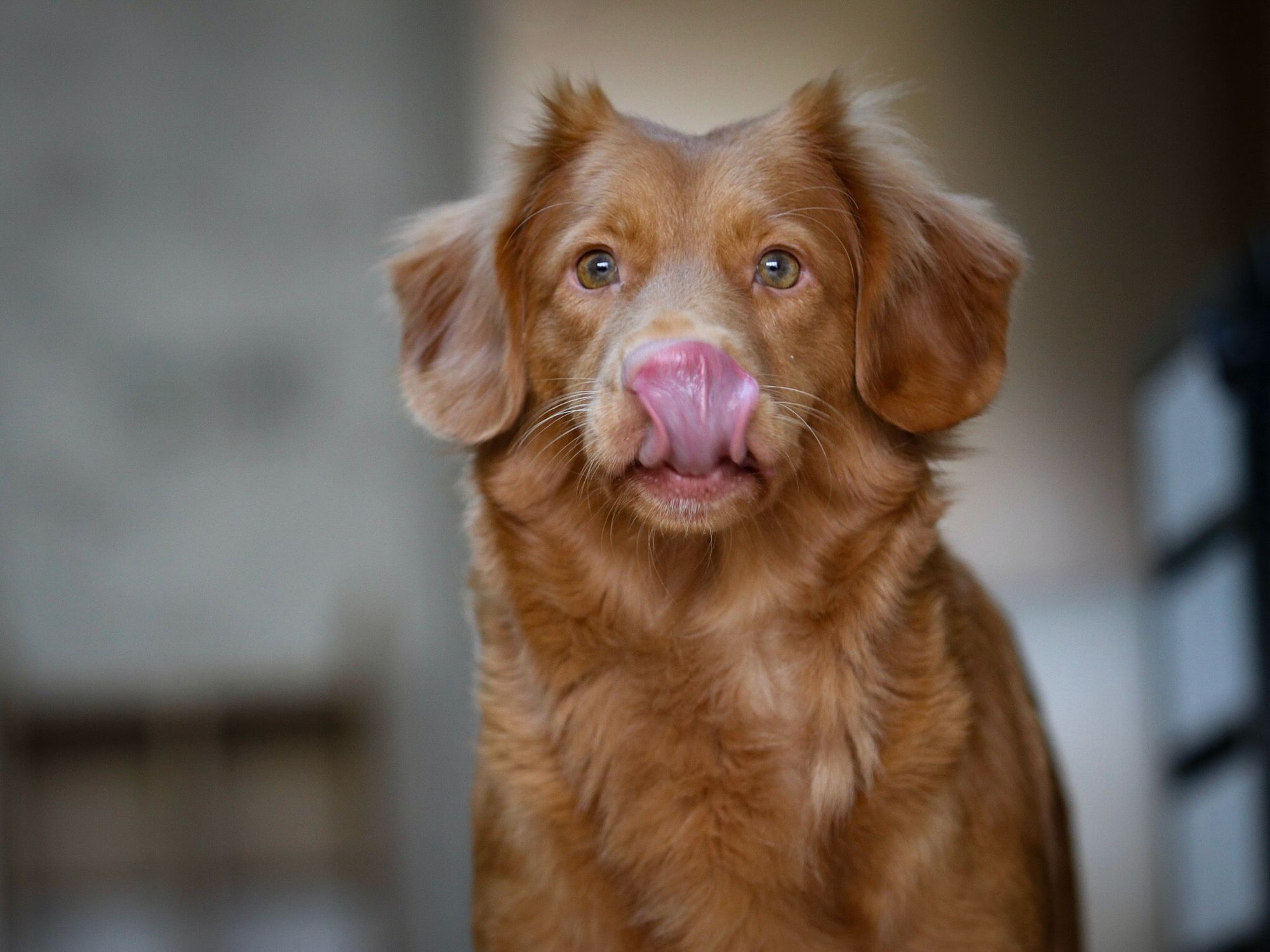
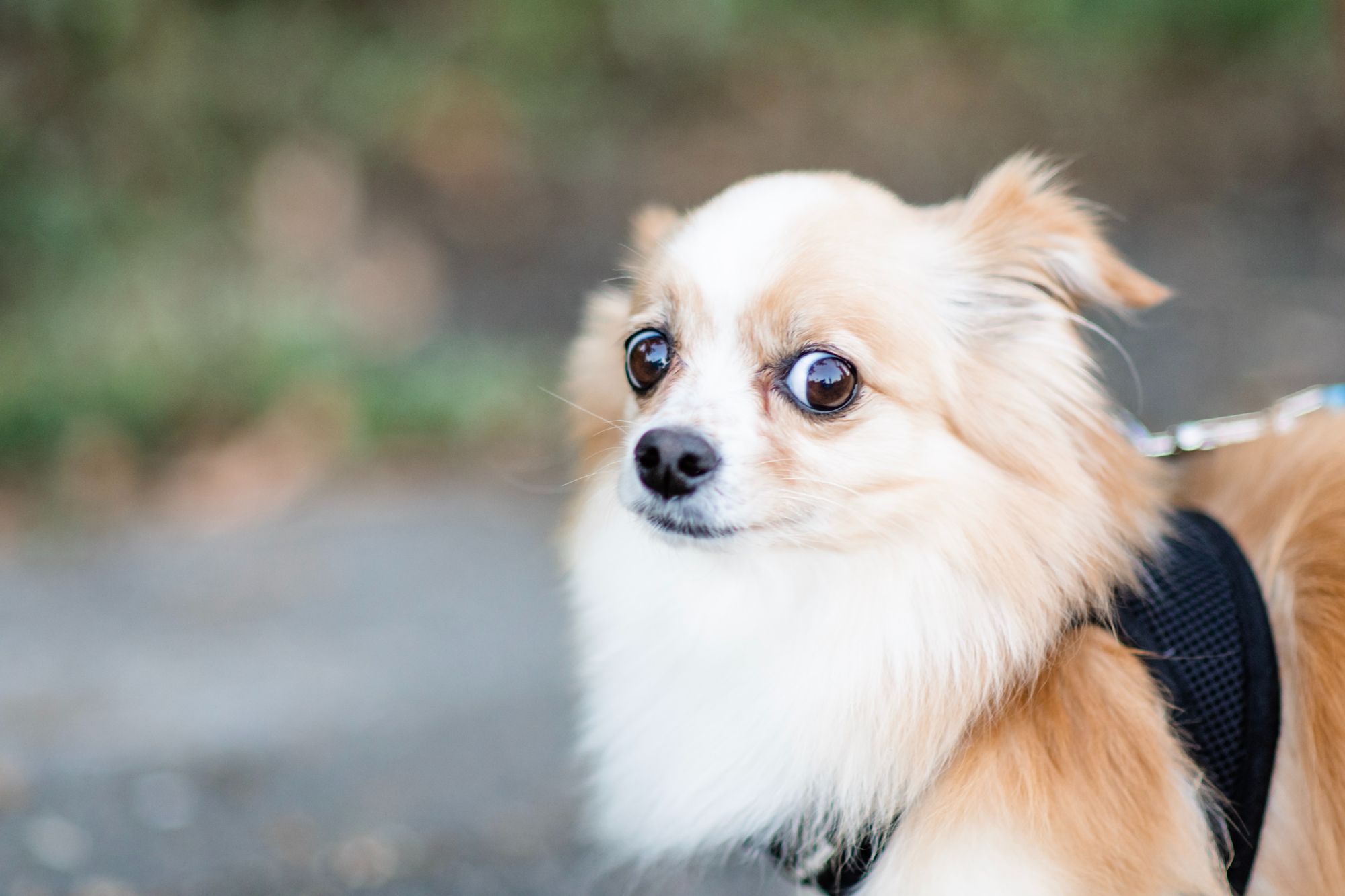
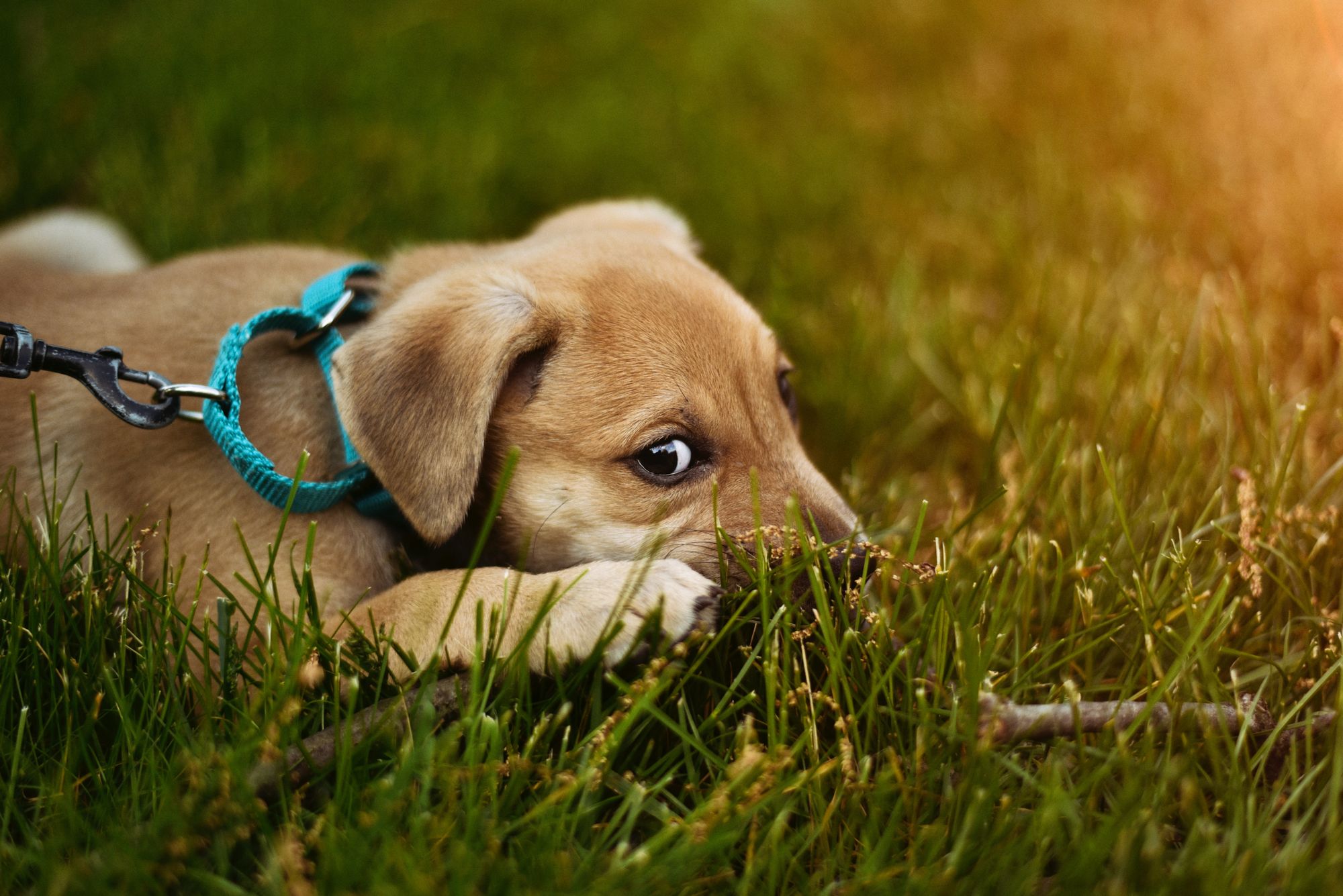
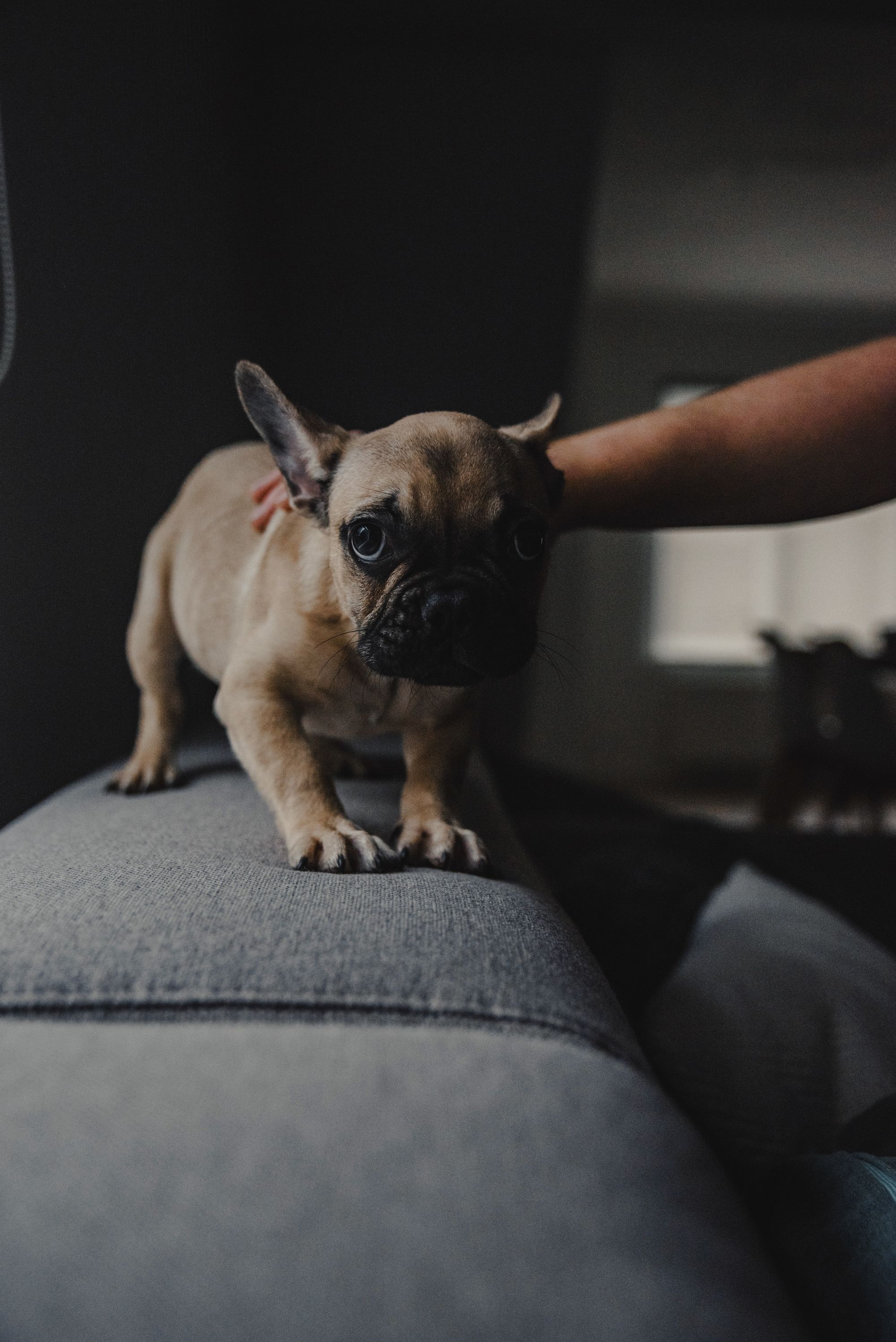
Dogs feeling the pressure.
Signs that a dog is uncomfortable or stressed
Signs of stress in dogs can be difficult to spot if you're not familiar with dog body language. In some cases, a dog may simply seem lethargic or uninterested in his surroundings. Some of the most common body language signals of a stressed dog include:
- Yawning
- Panting when it's not hot and the dog hasn't exercised.
- Ears flat against the head.
- Crouching or shivering.
- Tail tucked, held straight up, or stiffly wagging.
Less obvious signs of a stressed dog:
- Seeing the whites of a dog's eyes.
- Sneezing
- Lip licking
- Scratching

Thinking of starting your own newsletter?
Use my referral link and get a free 30-day trial + 20% off Beehiv!
How to help your dog feel more relaxed in stressful situations
Now you know what your dog looks like when relaxed or stressed, but did you know there are ways to help them feel more relaxed?
Here are a few tips on how to help your dog feel more at ease in stressful situations:
- Keep an eye on the environment. Loud, noisy, crowded places (including your own home), unknown animals, or young or loud children can cause even the most laid-back dog to feel stressed. Be sure your dog has a way to leave such situations if she chooses.
- Make sure they have appropriate exercise and mental stimulation. A tired dog is a relaxed dog.
- Provide plenty of positive reinforcement (tasty treats, attention, and soft praise) when they behave in a way that you want them to.
- Avoid yelling or punishment, as this will only make the dog more stressed.
- Make sure they have a safe place to retreat to when things get too hectic. This could be a designated spot in the house or yard, or even a crate.
By being aware of the common signs of stress in dogs, you can take steps to alleviate any discomfort your dog may be feeling.

